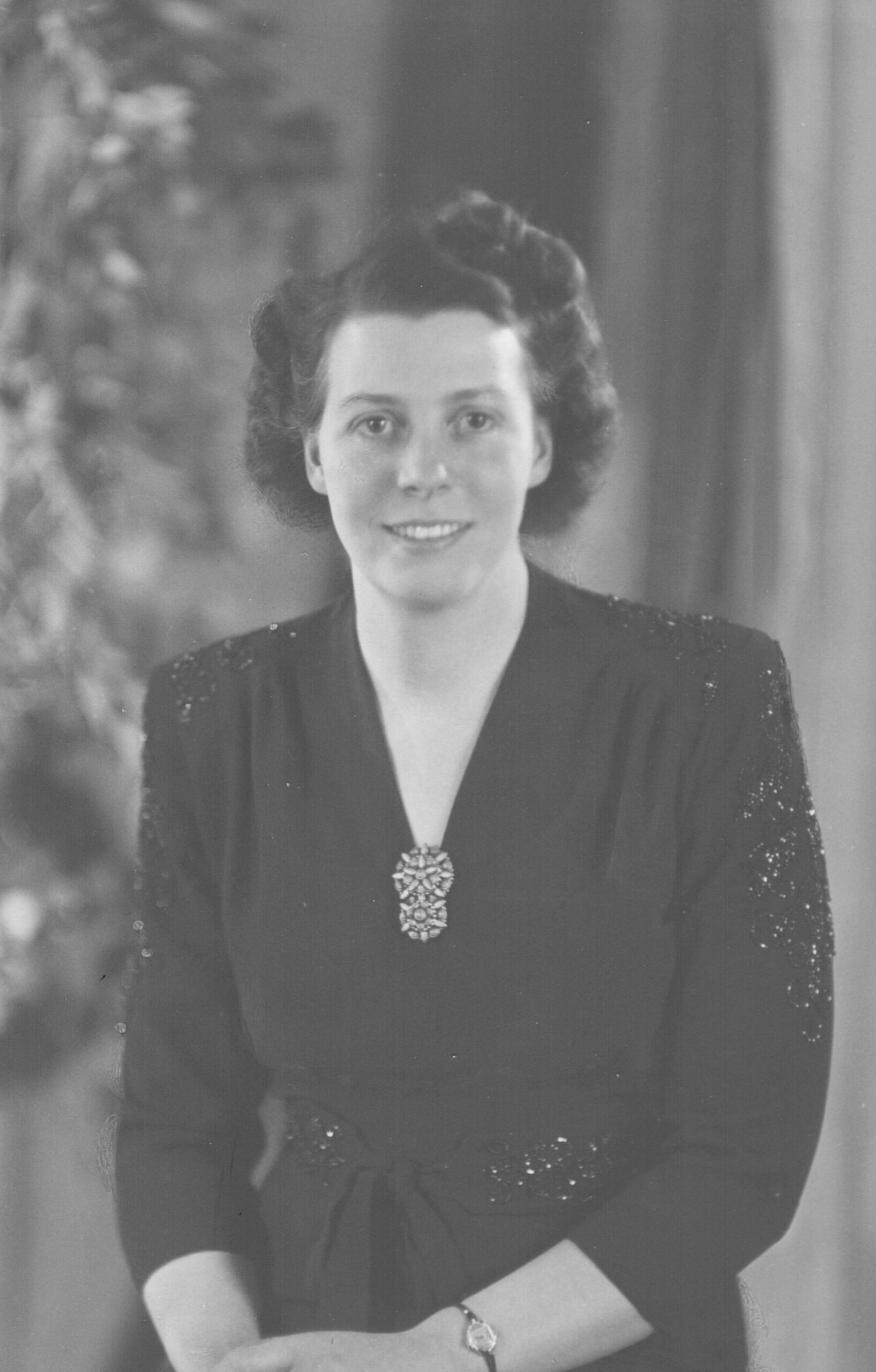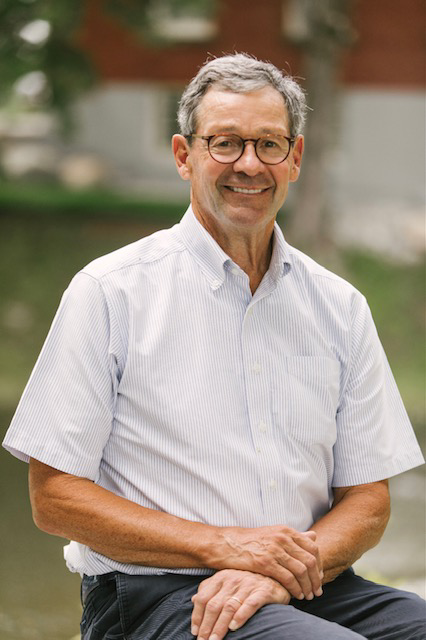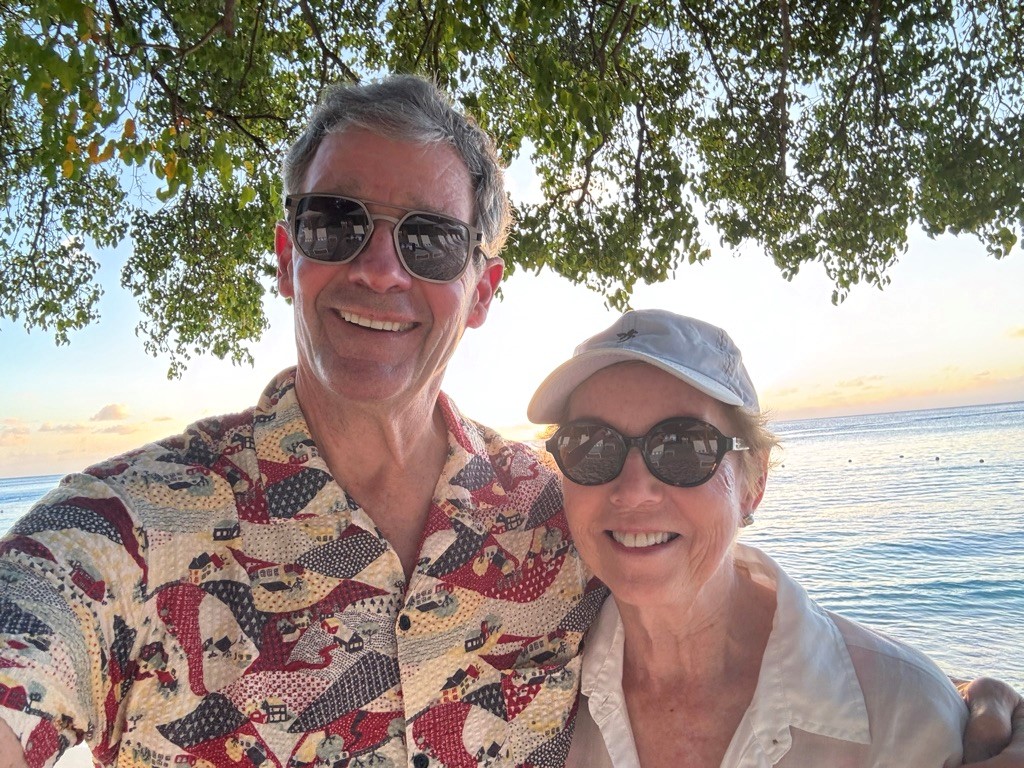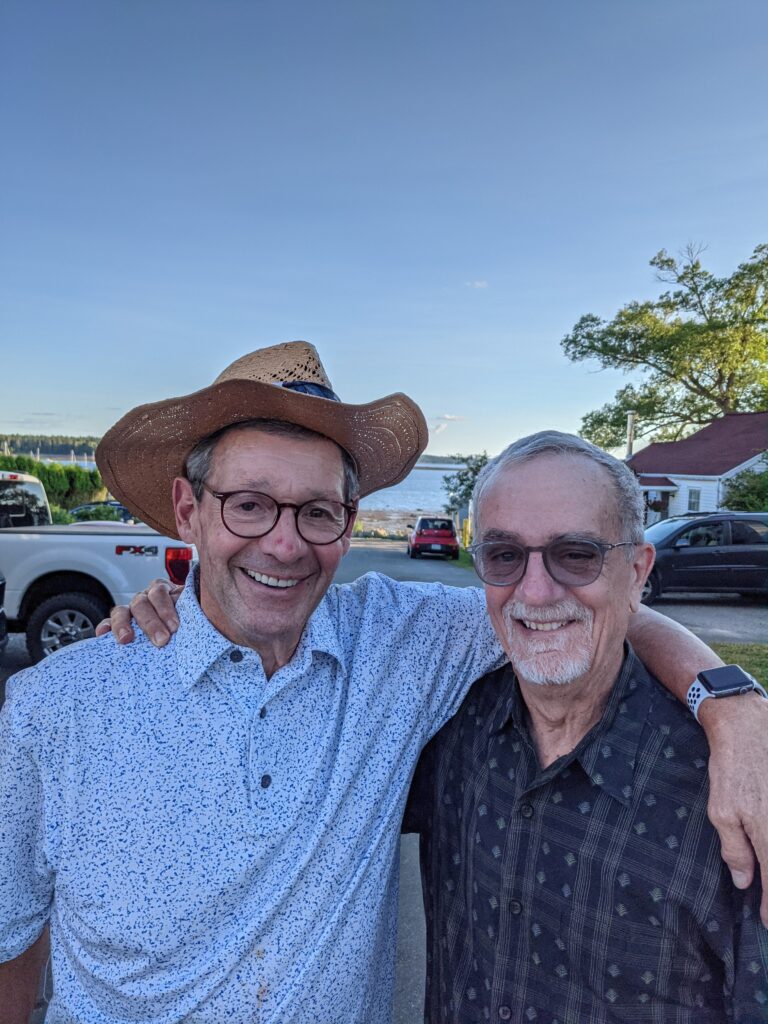From Canada—Paul Kitchen’s Familial WM Story

My story of hope began in the late 1970s when my mother, Mary Kitchen, was diagnosed with WM. Without any treatment available, her disease steadily progressed – terrible nose bleeds and overwhelming fatigue which was so unlike my mother. There were occasional reprieves with transfusions, each reprieve being shorter than the previous one. My mother literally wasted away. She passed away only a few years after her diagnosis. I had lost my mother, after having lost my father to cancer the previous year. I was devastated.

In 2011 I was the Head of School for a small boarding school in Rothesay, New Brunswick, Canada. During March break I developed pneumonia which I could not get over. Four months later after repeated courses of antibiotics, I was sent to a respirologist who diagnosed my immune system as the problem. I was then referred to an immunologist who put me on monthly intravenous immunoglobulin (IVIg) treatments. My hematologist continued to diagnose me with monoclonal gammopathy of unknown significance (MGUS). I had my first knee replacement after my initial IVIg treatment. It became infected and I had to undergo further surgery to have it drained. But over the next few years, the IVIg treatments reduced my normal 6 to 8 antibiotic treatments for respiratory infections to 2 or 3.
In 2014 I started experiencing severe fatigue, and I was suffering the effects of quite severe atrial fibrillation. This was fortunately treated very effectively with an ablation. After the ablation, I was sure my fatigue would subside but it did not, and at the same time my hemoglobin started to drop. I was finally given a bone marrow biopsy. The results were not clear, and I asked that a sample be sent to Dana-Farber Cancer Institute (DFCI) for a second opinion. I was very fortunate to have Dr. Steven Treon and Dr. Jorge Castillo immediately confirm that I had WM, and they promptly recommended a treatment of Rituximab, Velcade and Dexamethasone for the next 17 weeks. Fortunately, my local hematologist accepted and supported the Dana-Farber treatment recommendation.
When I realized I would be going into our local hospital for the chemo treatments, I felt I had to publicly announce why I was being treated. As in any small town, one’s presence in the chemo room is quickly noted. We announced to the school faculty, students, alumni, and parents that I had Waldenstrom’s. Fortunately, one of the school’s alumni, Jim Mason, who was about my age and also had WM, got in touch with me. He was a support group leader in Halifax. He encouraged me to join the support group, which Liz (my wife) and I quickly did. It is the most encouraging and wonderful group of people led by Ron Ternoway, a dedicated leader who has worked hard to learn as much as he can about WM and is very good to every member of our support group. I would encourage anyone who is diagnosed with WM to join a support group.
My administrative position at school allowed me to have the weekly chemo treatments while carrying on with all my duties. When I finished the treatments, Dr. Castillo and Dr. Treon recommended I continue with a two-year maintenance program. Fortunately, I tolerated both the initial treatments and maintenance program extremely well. Early on
in the treatments and all throughout the maintenance my hemoglobin climbed and my IgM came down.
My mom’s terrible nose bleeds and easy bruising did not ever affect me. I believe that our fatigue would have been similar, and my eventual development of peripheral neuropathy might just be a result of living with WM so much longer than she did. As we have come to know, WM affects each person very differently.
By June of 2015 I was feeling much better. I had to make a decision as to whether I was willing to remain as Head of School for another two years, or announce my retirement for the next year. I faced the dilemma of so many WMers not knowing what was around the next corner and how long I could remain in a demanding job. In the end, I chose to submit my resignation for June of 2016. In that school year, my health was pretty good with no significant problems. My hemoglobin continued to climb, and my IgM continued its downward trajectory.
My wife Liz and I wanted to travel in September of 2016, the first year of my retirement, and also my first Labour Day since 1956 of not going back to school. Fortunately, the IVIg treatments I had been receiving became available as subcutaneous infusions that could be done at home. It was a game changer. I no longer had to schedule going to a hospital once a month, and I had the freedom of administering my weekly infusions wherever we were, at home or travelling. I am fortunate that Liz was a nurse, and with her help the infusions soon became very routine. They were easily administered, and only took approximately one hour each week.

In August of 2017, just a year after I retired, Liz had a stroke. Fortunately for both of us, the basal ganglia bleed stopped on its own, and although the deficits were significant initially, the improvements began slowly but steadily. It was a great sense of satisfaction for me that I now had the time and improved health to help nurse her back to being able to walk and recover so many of the abilities she had lost. She had helped me so much with my WM treatments and the adjustments we had to make to our life style.
In February of 2018 I was asked to join the Board of the WM Foundation of Canada (WMFC), and 8 months later was chosen to chair the WMFC. I held the position until May of 2021. During that time, I got to know Carl Harrington who was the president and chair of the IWMF. He thought it was important to have international representation on the IWMF board, and asked me to join in 2021. I have remained on the board since then. During those three years, I felt quite well but had a second knee replacement (no infection), carpal tunnel repair surgery, and I broke several ribs while skating on a
local river.
Early in 2020 my hemoglobin again began to drop. We monitored it carefully and by the summer it was decided I was going to need another treatment. On September 1, I became an Ibrutinib patient, which initially worked well but by December I had my atrial fibrillation back. We waited a couple of months, but the atrial fibrillation kept coming more frequently. I was fortunate in April that Canada approved the use of Brukinsa for WM, and I was immediately switched from Ibrutinib to Brukinsa. The Brukinsa was just as effective with keeping my blood results positive and stopped my atrial fibrillation. I have been on Brukinsa for almost 3 years and am doing extremely well.

When I have so often been asked why I volunteer for the IWMF, it is such an easy answer. When my mother had the disease, there were no treatments – no hope. At the time the IWMF started raising significant funds to assist in research, there were only four treatments, all harsh and all damaging to the immune system.
Since then, the IWMF has invested $27M in the best researchers in the world. Today there is real hope.
When my mother was diagnosed with WM, the hope was that she would live five years. At the time of my diagnosis, life expectancy had increased. Today, life expectancy is 15 to 20 years. Through research, treatment options have grown from 0 to 80. This research is made possible by donations. I am grateful for the support from all the WMers who have given for research. It has changed my life and that of all WMers. It has given us all real hope.
Paul Kitchen
Rothesay, New Brunswick, Canada
March 2024
Read more about Paul in the IWMF Accelerate the Cure Campaign Brochure HERE.

